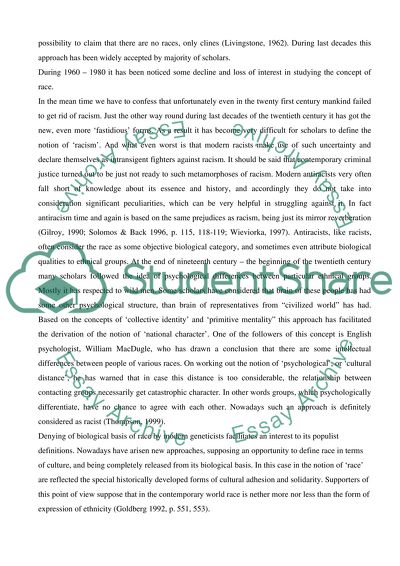Cite this document
(Man's Most Dangerous Myth: the Fallacy of Race Assignment, n.d.)
Man's Most Dangerous Myth: the Fallacy of Race Assignment. Retrieved from https://studentshare.org/sociology/1513178-race-and-ethnicity-college-essay
Man's Most Dangerous Myth: the Fallacy of Race Assignment. Retrieved from https://studentshare.org/sociology/1513178-race-and-ethnicity-college-essay
(Man's Most Dangerous Myth: The Fallacy of Race Assignment)
Man's Most Dangerous Myth: The Fallacy of Race Assignment. https://studentshare.org/sociology/1513178-race-and-ethnicity-college-essay.
Man's Most Dangerous Myth: The Fallacy of Race Assignment. https://studentshare.org/sociology/1513178-race-and-ethnicity-college-essay.
“Man's Most Dangerous Myth: The Fallacy of Race Assignment”, n.d. https://studentshare.org/sociology/1513178-race-and-ethnicity-college-essay.


